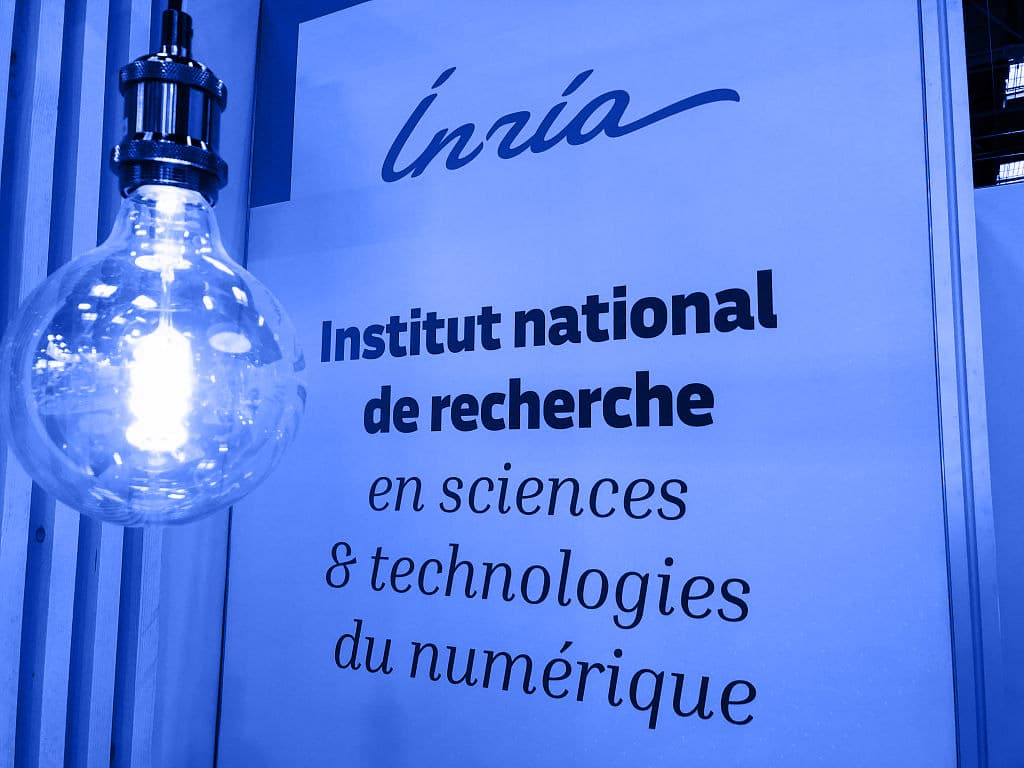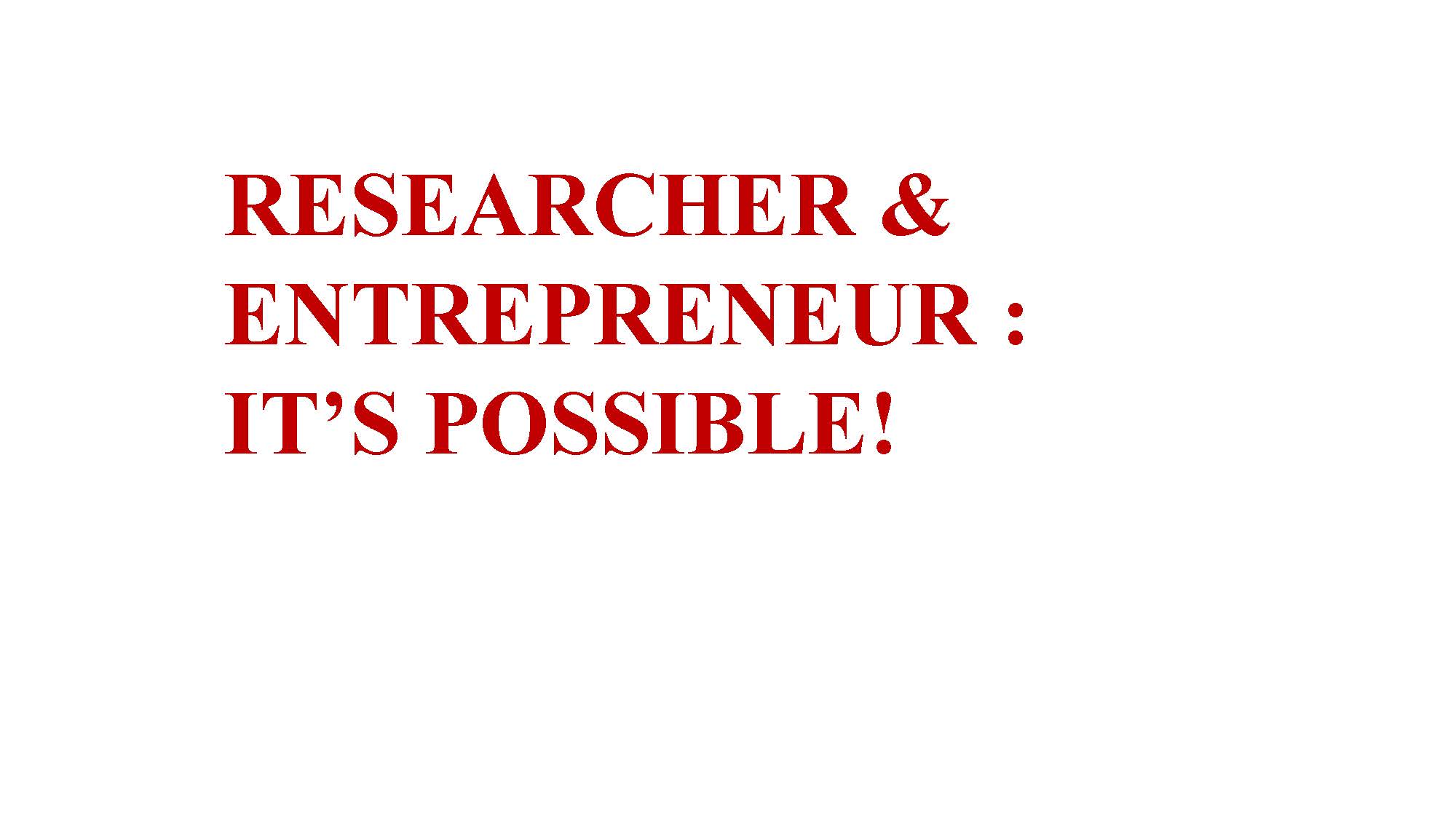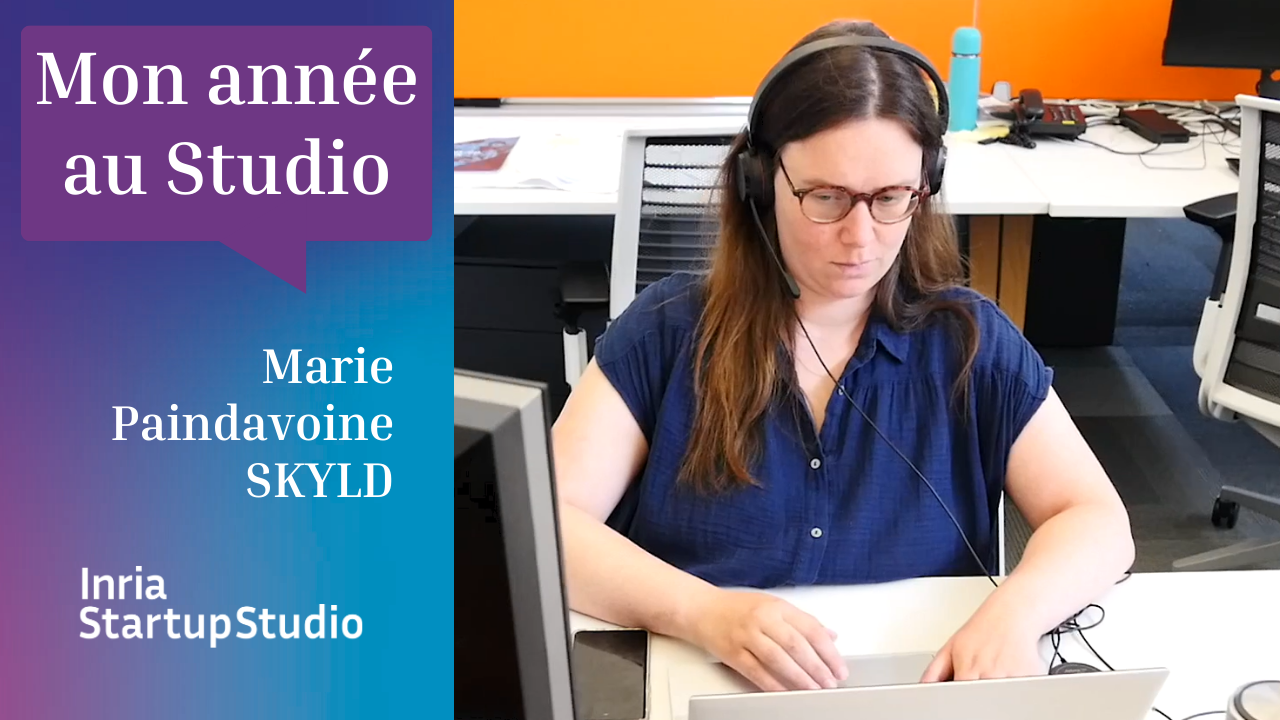
Key points and best practices for a successful market exploration
Because we believe that it is essential to succeed in this stage as early as possible and because few project leaders have already practised this approach, we have decided to give a workshop in the program focused on methodological references and good practices for market exploration in the field.
In his article about “co-design“, the approach developed at Inria Startup Studio to support entrepreneurs, Hervé Lebret mentions the priority given to the discovery of possible prospects through on-the-spot validation of customer needs.
Because we believe that it is essential to succeed in this stage as early as possible and because few project leaders have already practised this approach, we have decided to give a workshop in the program focused on methodological references and good practices for market exploration in the field.
As Steve Blank uses to say “If you build it, they will come: It is not a strategy; It’s a prayer”.
It’s tempting though, especially when you come from tech and developing your own brilliant solution seems the most urgent thing to do.
Besides, the idea of putting your favorite activity on hold to go and talk to strangers, the majority of whom will refuse, is not something you can do with any joy.
However, if the problem on which you base your vision of the market need is not well understood, or worse does not even exist, there is a strong risk of developing a solution that misses the point … and back to stage one (if you survive).
On the opposite, a problem that is well understood and validated by those it irritates is:
- a compass for its prototype,
- relationships with potential future first customers,
- the first tangible “proof of market” to seek support.
So you might as well get started as soon as possible!
But better put yourself in as favorable conditions as possible:
- Work on your detachment in the face of negative reactions: we use to say no most of the time as well when approached by a stranger,
- Build structured and planned actions: in the end, going to talk to your market is just a logical sequence of tasks: target, source, design, plan and execute.
- Adopt good practice to get the best out of it: “it’s common sense, but common sense that needs to be learned”, as one of the program entrepreneurs once told me.
And it’s not impossible to get a taste for it, there’s a rather playful side to this exploration into unknown territory.
After all, knowing his market and finding his first customers is mission number one for the entrepreneur.
And no one can (or should) do it for you at the start. The stakes are too high!
In his book “The four steps to the Epiphany”, Steve Blank explains perfectly this essential process of exploration in the field by the entrepreneur to understand his market: the “customer discovery”.
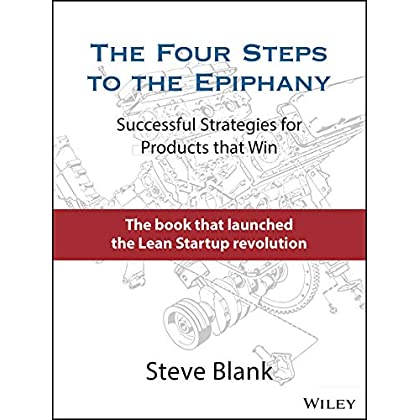
The ISS program is therefore offering a workshop to get the ball rolling on this essential sport, sharing tools and best practices for market exploration in the field.
A workshop to help you getting out of your office
Key messages from the workshop include:
- Getting in touch with the market stakeholders in order to gain a detailed understanding of the problem and move from an opinion to facts (“Get out of the building”)
- Formulating clear and precise hypotheses about the problem to obtain tangible, objective and indisputable proof that it is real (“Never assume, always check”)
- Exploring your market early to reduce the probability of developing yet another solution that no one will buy (“No problem, no business”)
The ISS Market Exploration workshop discusses the different steps involved in conducting an exploratory interview campaign: targeting the right people, getting appointments and collecting relevant information during the interviews.
A classic pitfall is to limit yourself to making contact with people in your network, or to making connections through your network. This can be a good way to get started. But it can’t be enough to get the information needed to validate your problem in an unquestionable way. Too many biases are at play. To convince yourself of this and adopt the right reflexes, reading The Mom Test has undoubtedly become a must of the genre.
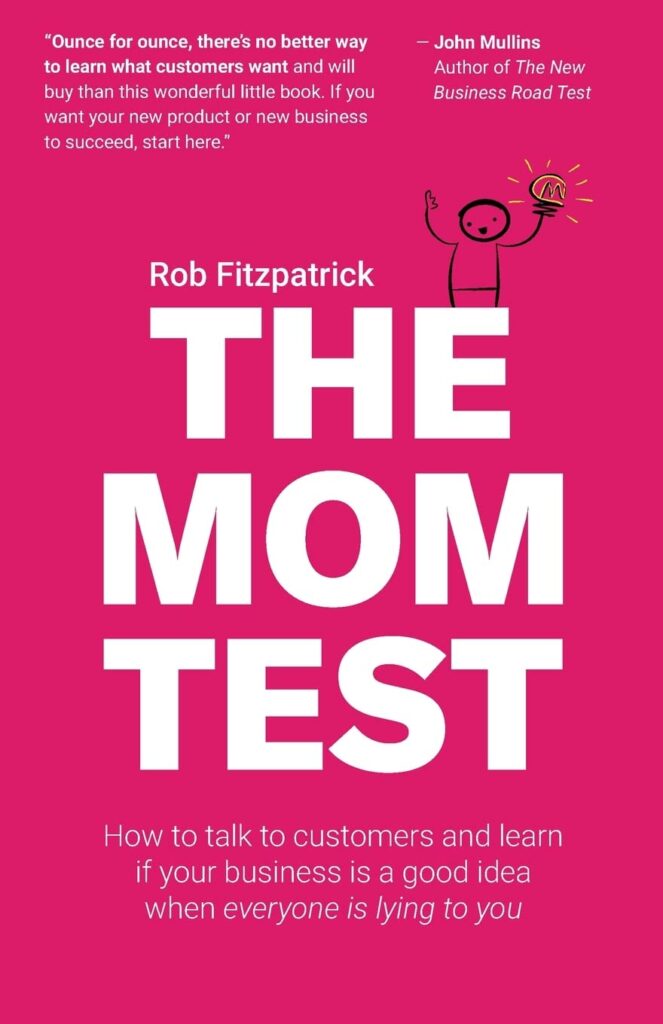
An approach that is structured with method
Exploring your market necessarily means contacting people who don’t know you, who don’t particularly want to get to know you, and even less to spend time with you…
In many ways, this approach is similar to commercial prospection. The techniques and tools proposed are very similar to B2B prospecting, which has evolved a lot recently thanks to the digitalisation of relations and professional social networks. Picking up the phone to contact a stranger is therefore no longer compulsory (even if it remains without doubt the most effective but also the most technical way of making contact).
With a digital approach to prospecting (email, LinkedIn message, etc.), two issues are all the more important:
- The targeting: Digital facilitates contact in large numbers but the response rate is often low. It is therefore crucial to identify a sufficiently large number of prospects to contact.
- The message: We are bombarded with solicitations all day long. The contact message must be as specific as possible to each recipient to arouse their interest and provoke their desire to respond. It is therefore essential that the prospects are as similar as possible to feel personally targeted.
In prospecting parlance, this is what is called a “deep and narrow vertical”.
For the targeting and sourcing of contacts and associated information, it is therefore important to take care in the stage of creating the list of prospects. It is advisable to create a well-informed and structured file for monitoring prospects. Your first CRM, so to speak.
As far as the contact message is concerned, this is undoubtedly the part that has the greatest impact on the number of responses and where personal creativity inevitably plays a role. There are tried and tested templates to help structure your message (AIDA is probably the best known). The first attempts systematically use messages that are too long, too complicated, that talk too much about himself and his project… All this improves with practice.
Finally, setting up a sequence of well-paced reminders often makes it possible to at least double the response rate (see figure). Moreover, there is often a tendency to consider that not receiving a reply to one’s first email means that the recipient has refused, whereas one can imagine a thousand other reasons for not receiving a reply.

Credit: Iko System
The exploratory interview: the ultimate exercise
Once the appointment has been made, the interview itself is very much at stake and conducting an exploratory interview is clearly not intuitive, especially when your thoughts are consumed by your project 24/7. “If the only tool you have is a hammer, you will see any problem as a nail” said the psychologist Abraham Maslow.
You don’t become a Columbo detective instantly. But the learning curve can be rapid if you stick to certain good practices such as:
- Put your idea in your pocket (at least at the beginning): don’t talk about your project/product/innovation. The aim is to get the interviewee to talk as much as possible about himself, his activity, his problems, his experience, etc. Starting by talking about your project would bias the rest of the interview. On the other hand, once this information has been gathered, you can mention your solution in a few sentences and listen to the reaction, assess the level of interest perceived through a concrete level of commitment and above all take advantage of the opportunity to ask for some referrals to other contacts.
- Ask open and experience-based questions: you are there to learn, to find out if the problem you are targeting really exists (at least for your interlocutor). If it does, he or she has already experienced it (and probably not just once!) so it is up to him or her to tell the story: how, why, when, etc. Listening is imperative, silence can even be a friend, and above all: if, at the end of the interview, you have spoken more than the other person, you have lost! ☺️
- Keep only tangible information: not visions, not feelings, projections, interpretations. Figures, facts, experiences, concrete consequences … ideally in the form of quotes, the famous verbatim.
- (Re)read The Mom Test!
No one will deny that exploring your market to identify the problem you are addressing is anything but simple. But it is essential!
And in the end, exploring your market means starting to create relationships with your stakeholders who may become your first clients!
It is therefore anything but a waste of time!
Publication date: 26/06/2023
Want to get started ?

